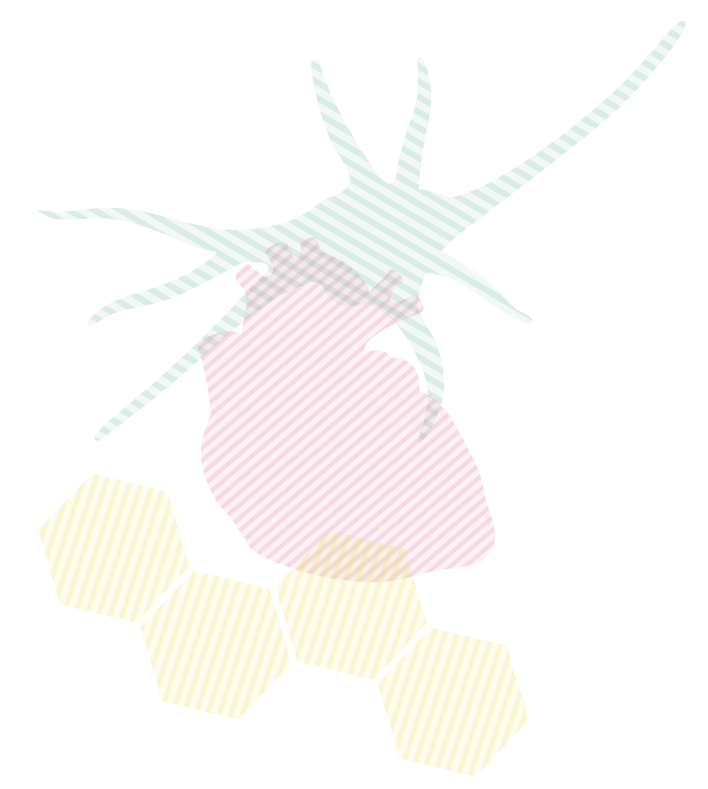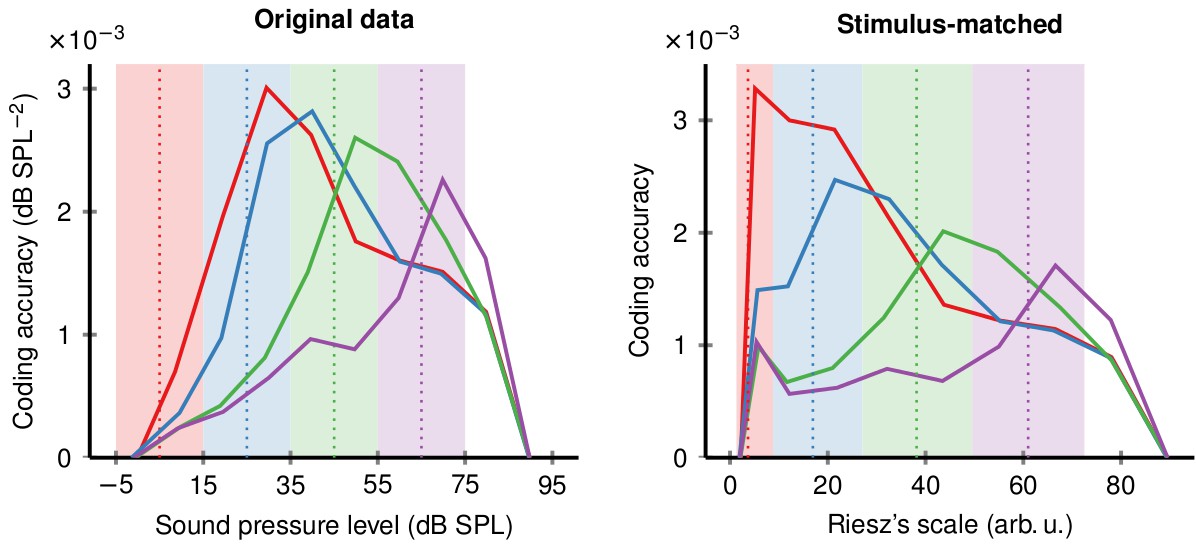The coding accuracy of sensory neurons corresponds to the statistics of stimulus occurrence. Frequently occurring stimulus are encoded more accurately. The way this is done is currently the subject of intensive research in neurosciences.
A number of previous experimental and theoretical studies of acoustic neural activity have pointed to a paradoxical and systematic mismatch in coding accuracy for certain values of sound intensity of a given frequency of occurrence. By applying the methods of information theory and signal detection, researchers at the Institute of Physiology were able to provide a possible explanation for this phenomenon. This is because the adaptation of sensory neurons takes place on a scale that is generally a nonlinear transformation of the normal stimulus magnitude. In the case of acoustic nerve fibres, this is the so-called psychophysical intensity scale. A new analysis of previous results has then shown that neurons actually adapt to the intensity profile of sound with remarkable precision and speed.
This basic research result may in the future provide important knowledge for the development of next-generation neuroprosthetics, especially cochlear implants. In fact, it shows that a certain appropriate transformation of the input sound signal plays a key role in further processing by auditory neurons.
Košťál, Lubomír – Lánský, Petr Coding accuracy on the psychophysical scale. Scientific Reports. Roč. 6, Mar 29 (2016), s. 23810. ISSN 2045, IF: 5.578, 2014.











